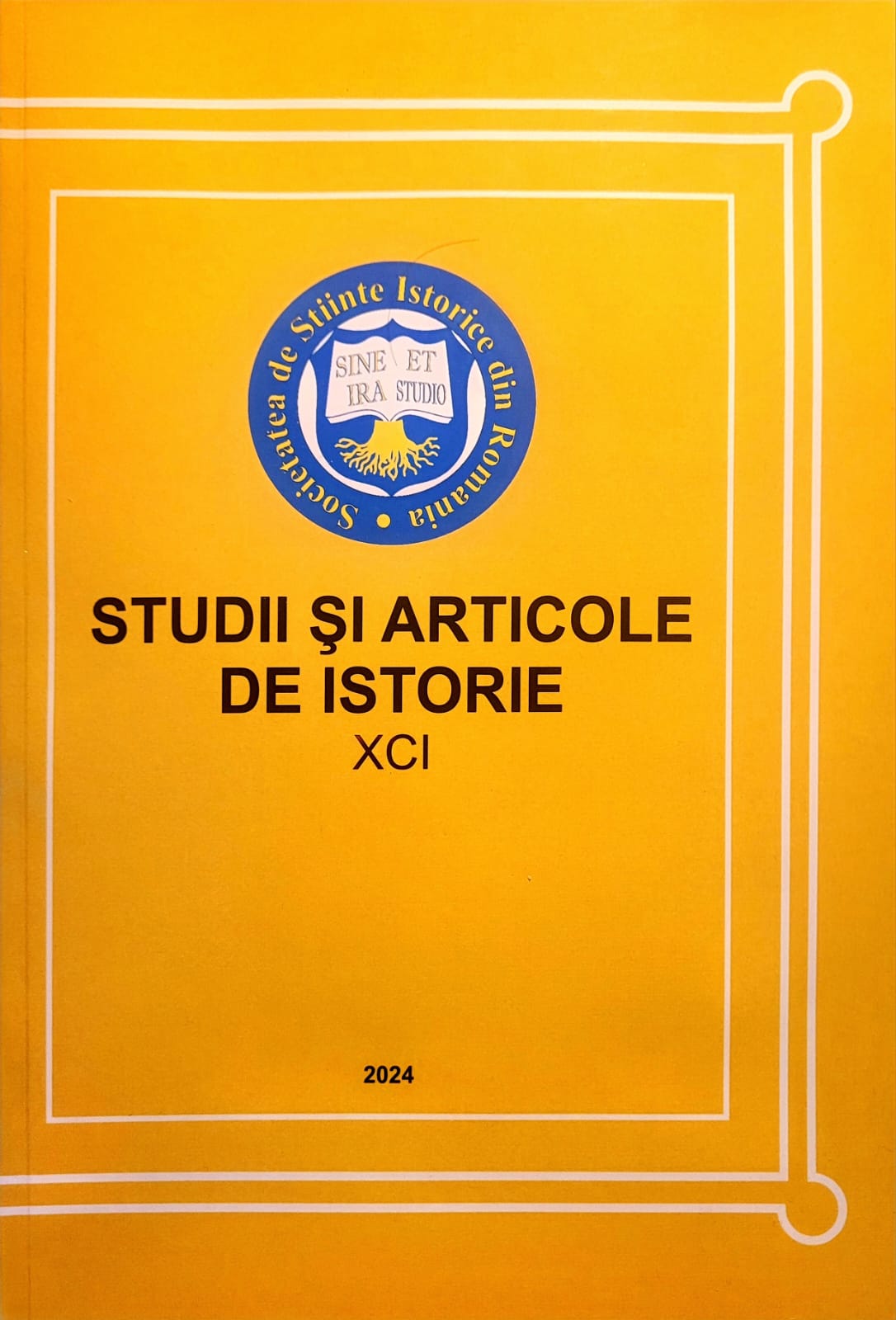O nouă sau o altă educație?
A new or another education?
Author(s): Gabriel StanSubject(s): History, Social Sciences, Education, School education
Published by: Societatea de Ştiinţe Istorice din România
Keywords: Blended (e) learning; „Cone of Experience“; Piramida lui Maslow; Piramida lui Glasser; AI; „machine learning“; „deep learning“;
Summary/Abstract: Education was not, is not and will not be linear, monolithic, it has always been a system in permanent adaptability; a complex system with confluences generated by genetic, family, social environments, often conflicting in relation to politically imposed strategies. And (how?, now) to imagine the queries of the present for the education of the future! The result, universal, of all times, emanates, in coordination relation, the functions and roles of education. The intrinsic features of education, those of being conscious and irreversible, ensure its reflexive dimension, a human characteristic of self-regulation through self-reflection, feedback, debriefing components of metacognition. In the memory structure, we distinguish a set of code-messages (image, symbolic-conceptual, motivational-affective) that give the "historical dimension of the psychic system". A model similar to the human anatomical one of the neural network is the model of artificial structure proposed by neuroinformatics (AI/Artificial Intelligence) which opens both new perspectives and possibilities for human development in general, as well as horizons, still unsuspected (but attractive) for education, for the learning process. The proposed novelties, by moving from the classic-traditional to the blended-eLearning, multiple format, change the paradigm of education through introduced technological – digital innovations. Other innovations: we follow the products of creativity; education becomes a lot of "liquid networks" in congruence. Through the new education we expose ourselves to the practice of combined learning. A new approach to education, hastened and spurred by the pandemic, which looks at and matches, by merging and combining, like permutations in mathematics, traditional classroom methods, based on place (school – as application) and temporal (as defined time and strictly), with online interactions (with the discipline of non-conventional environments – non-formal, such as museums, digital platforms, work portals; and, at the same time, timeless – outside of a socially mediated time through standardization, through fixed timetables).
Journal: Studii şi articole de istorie
- Issue Year: 2024
- Issue No: 91
- Page Range: 249-269
- Page Count: 21
- Language: Romanian

